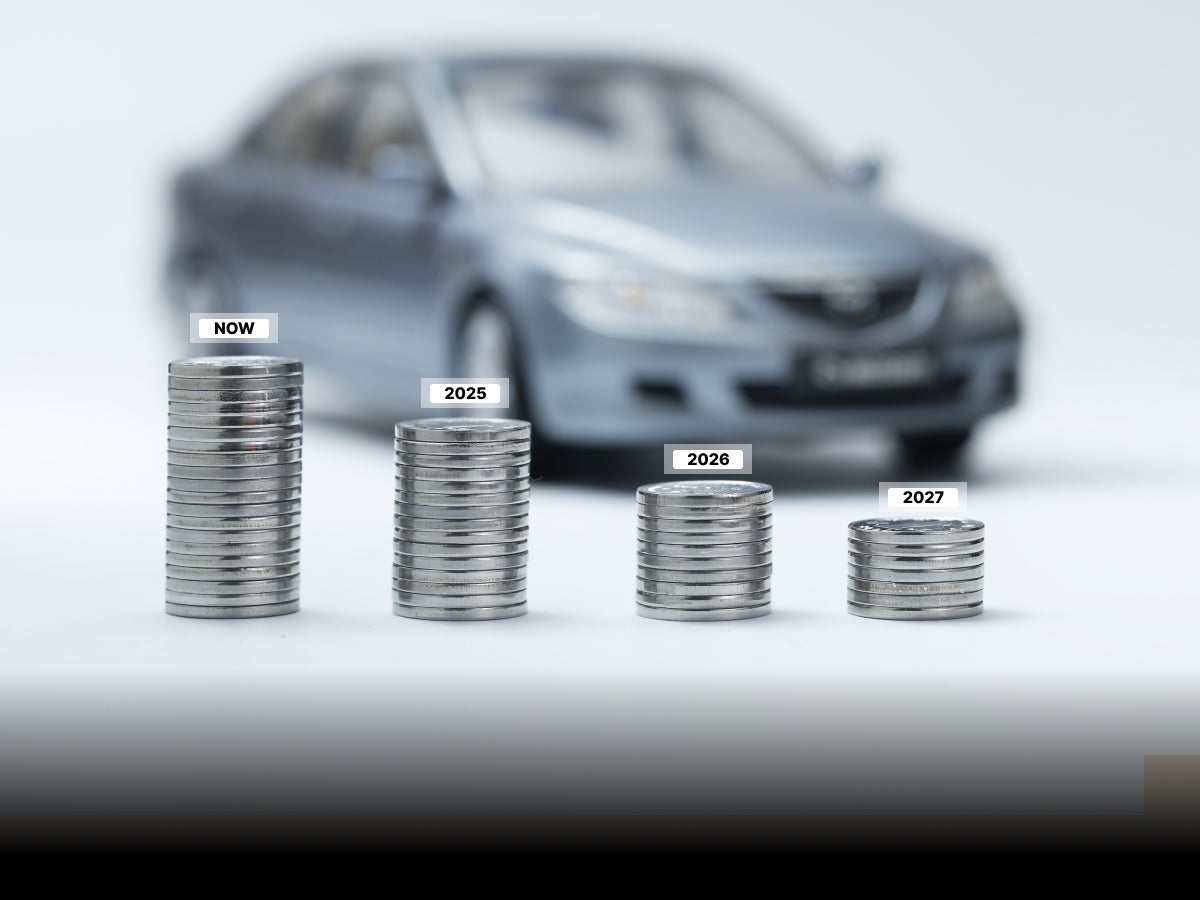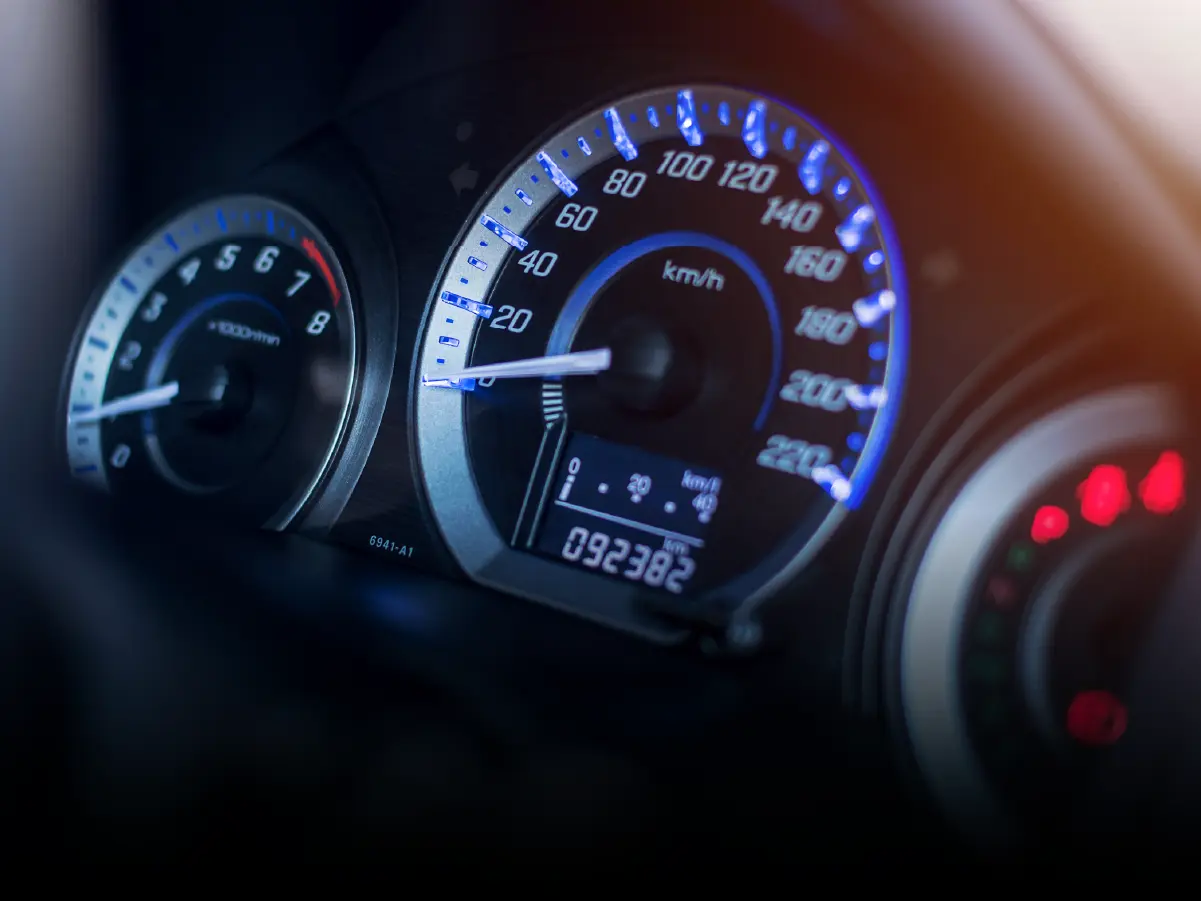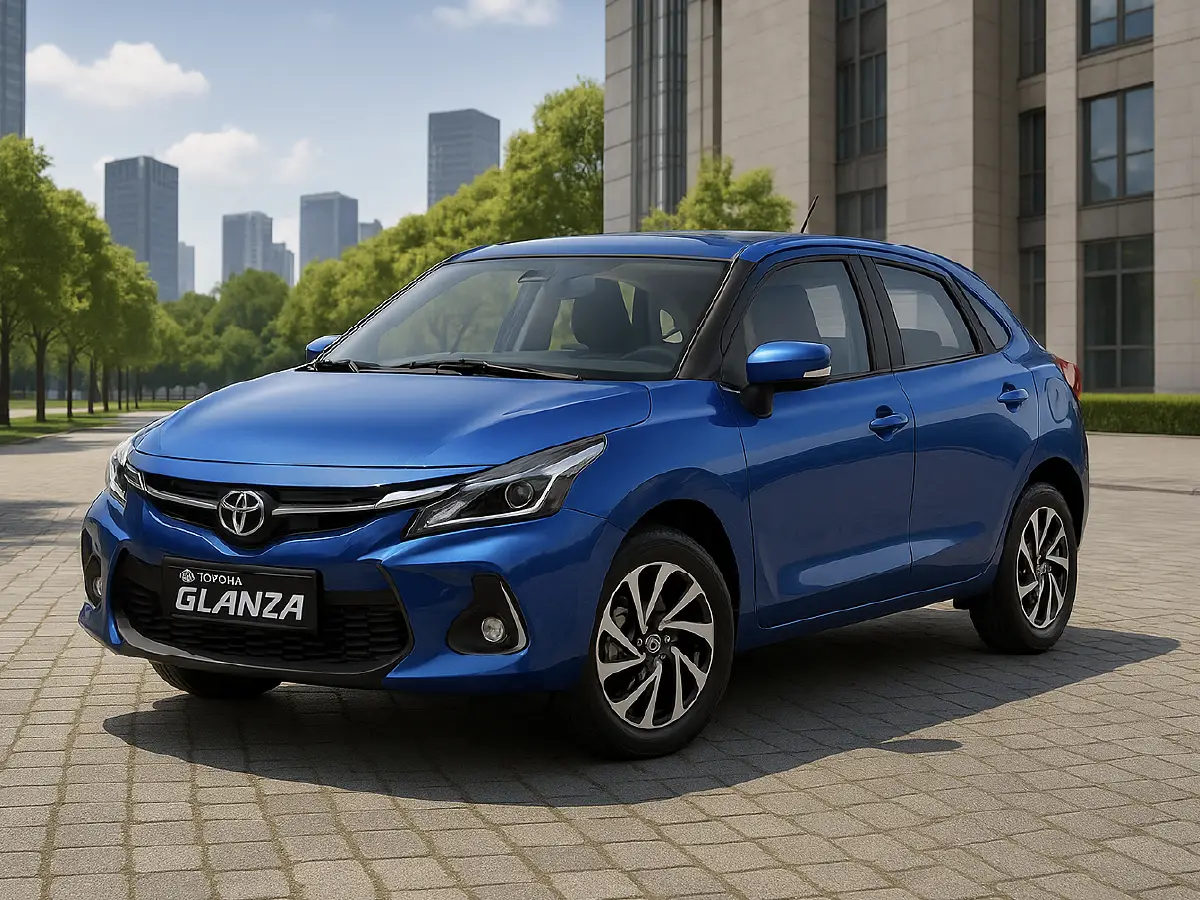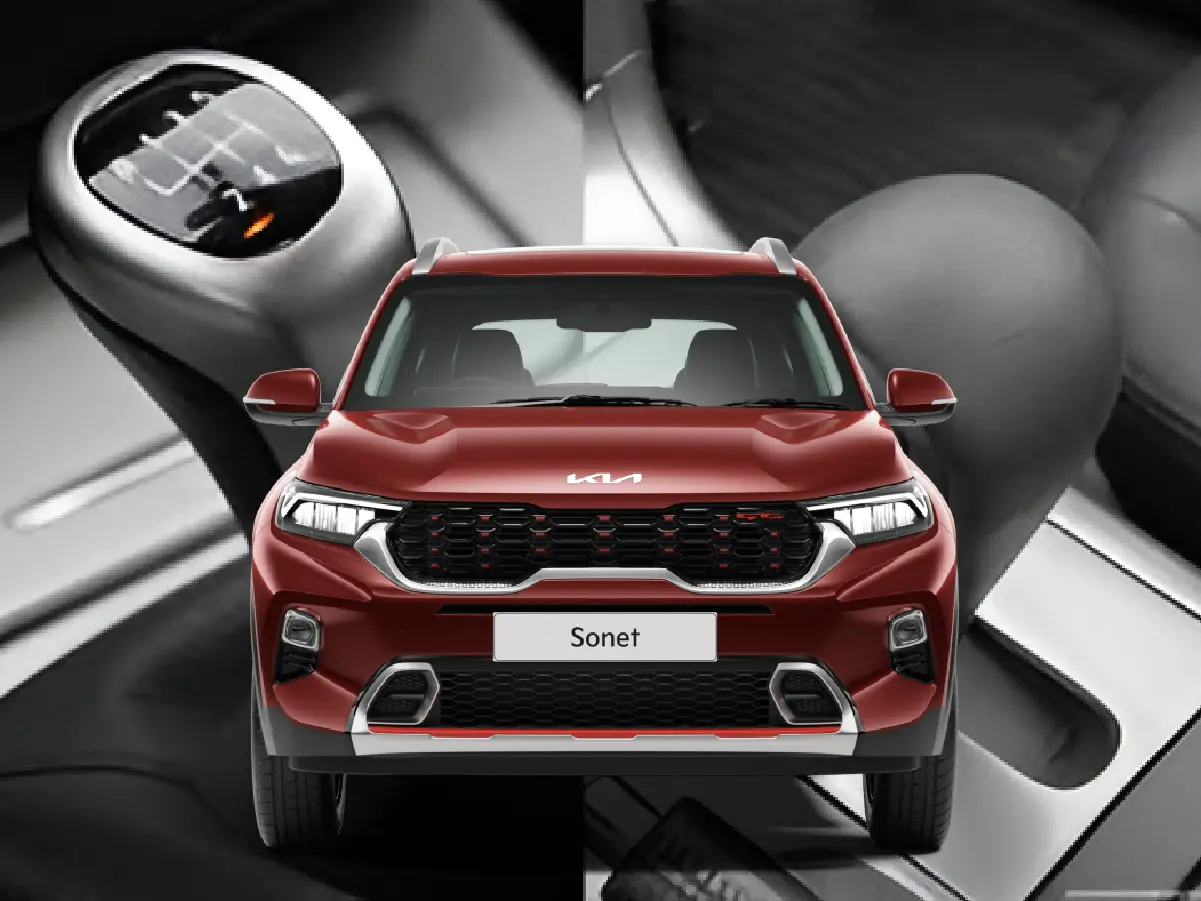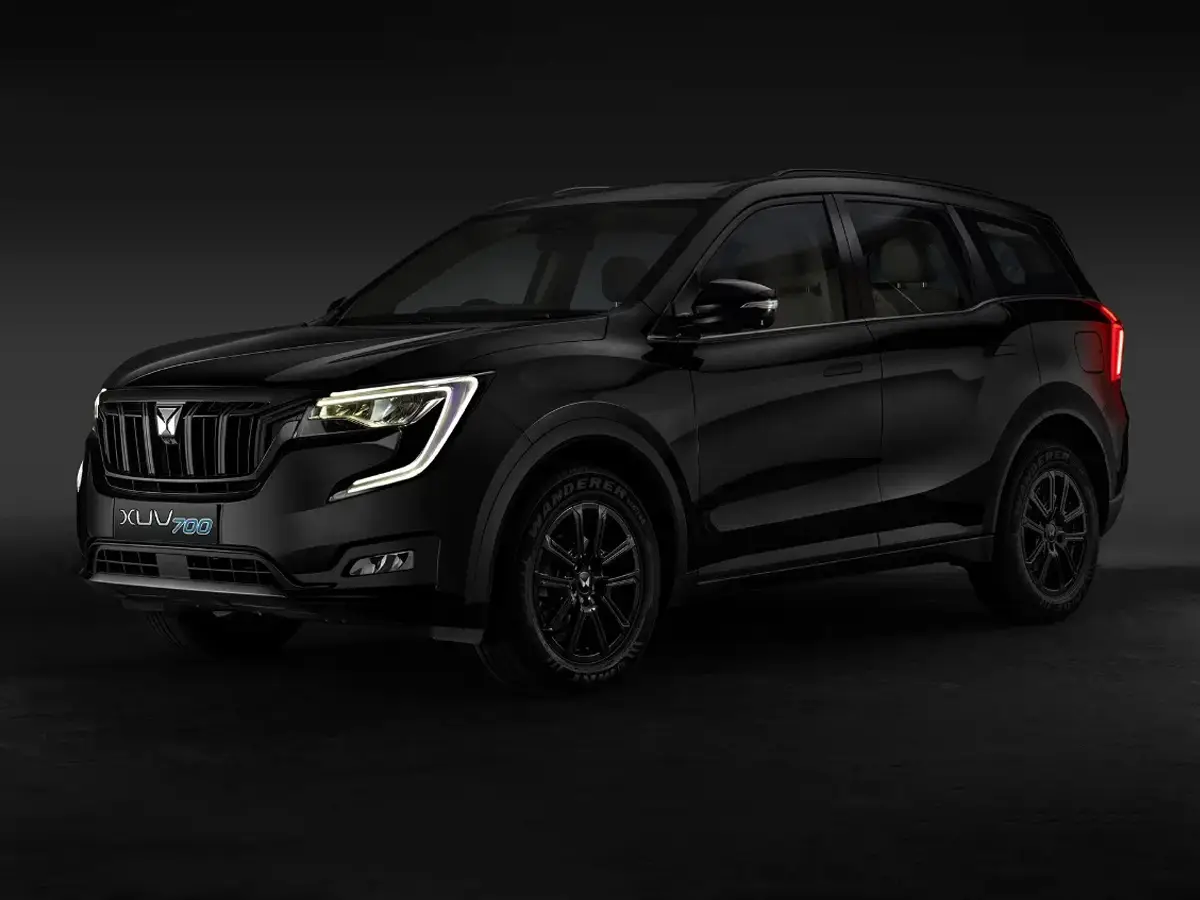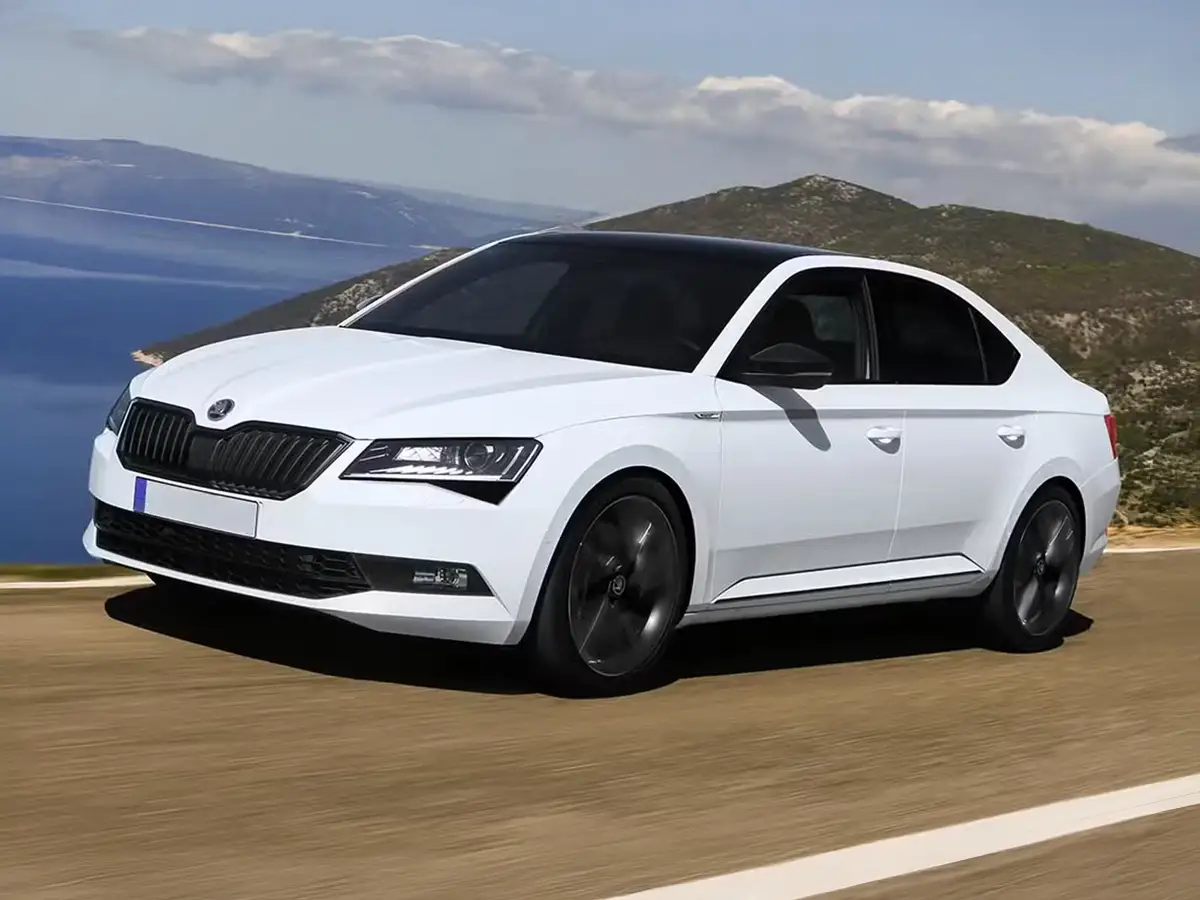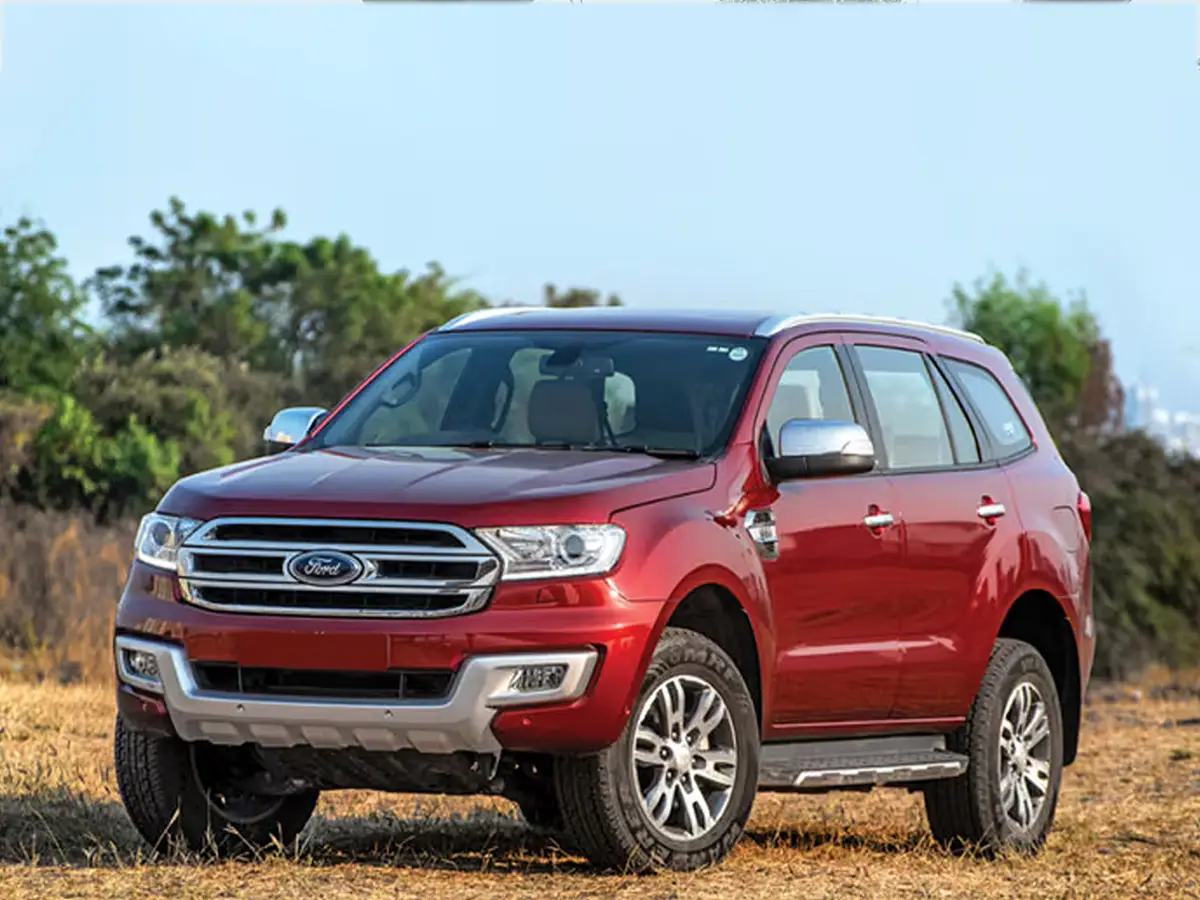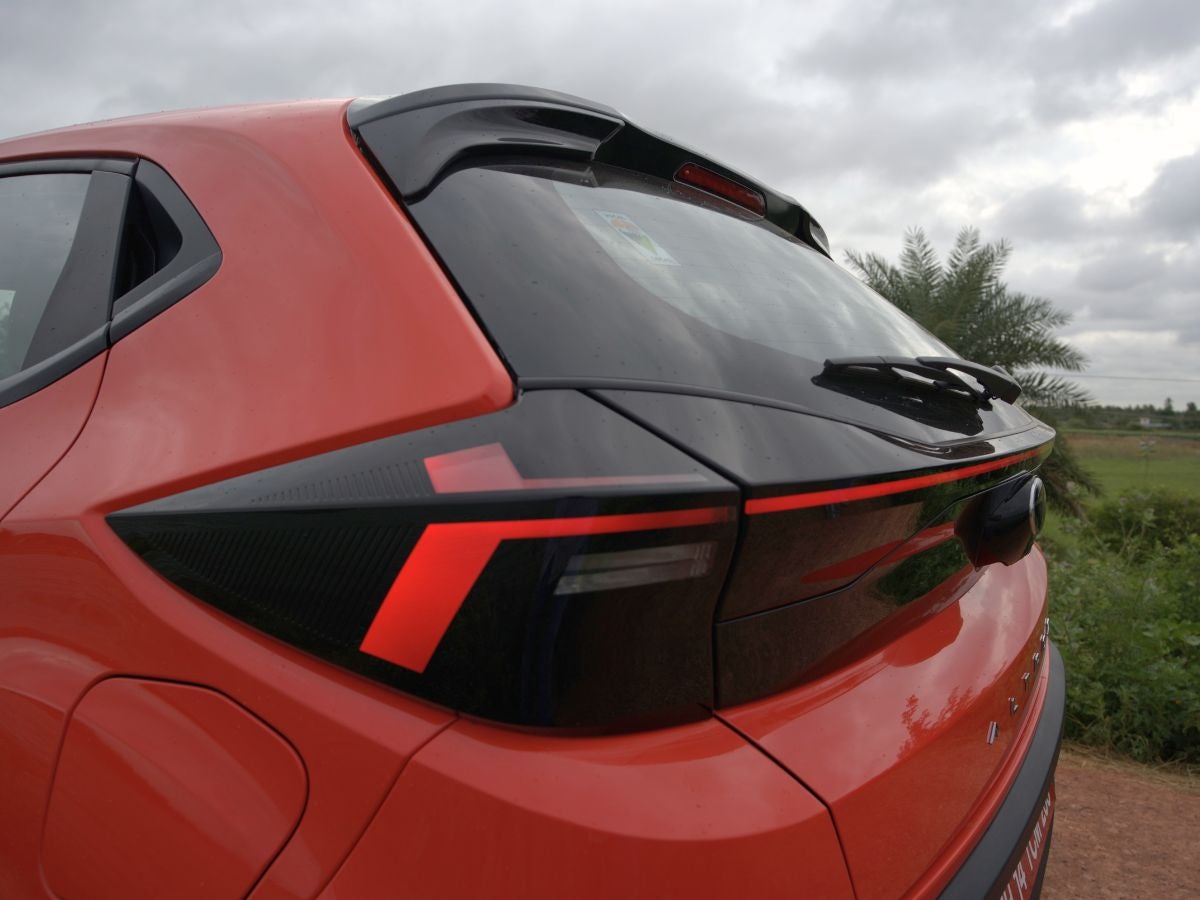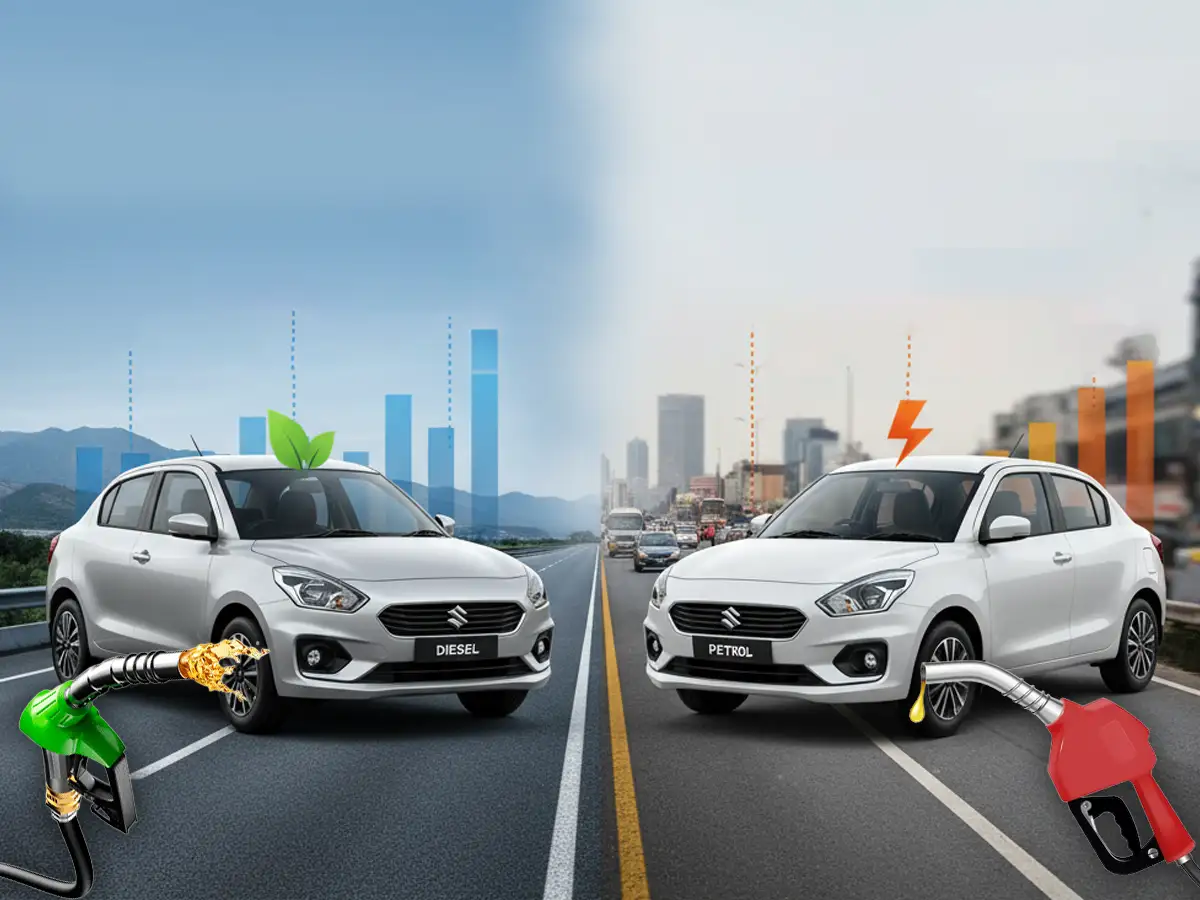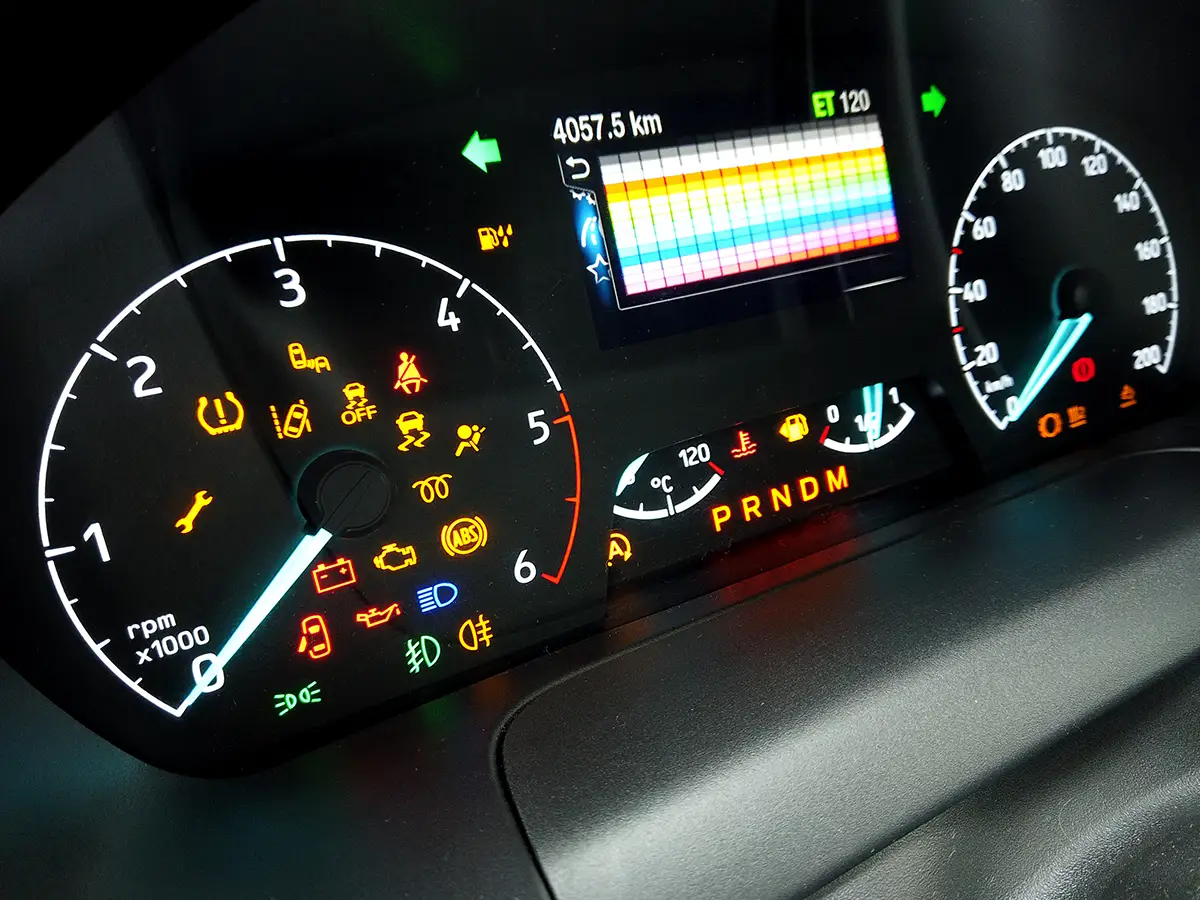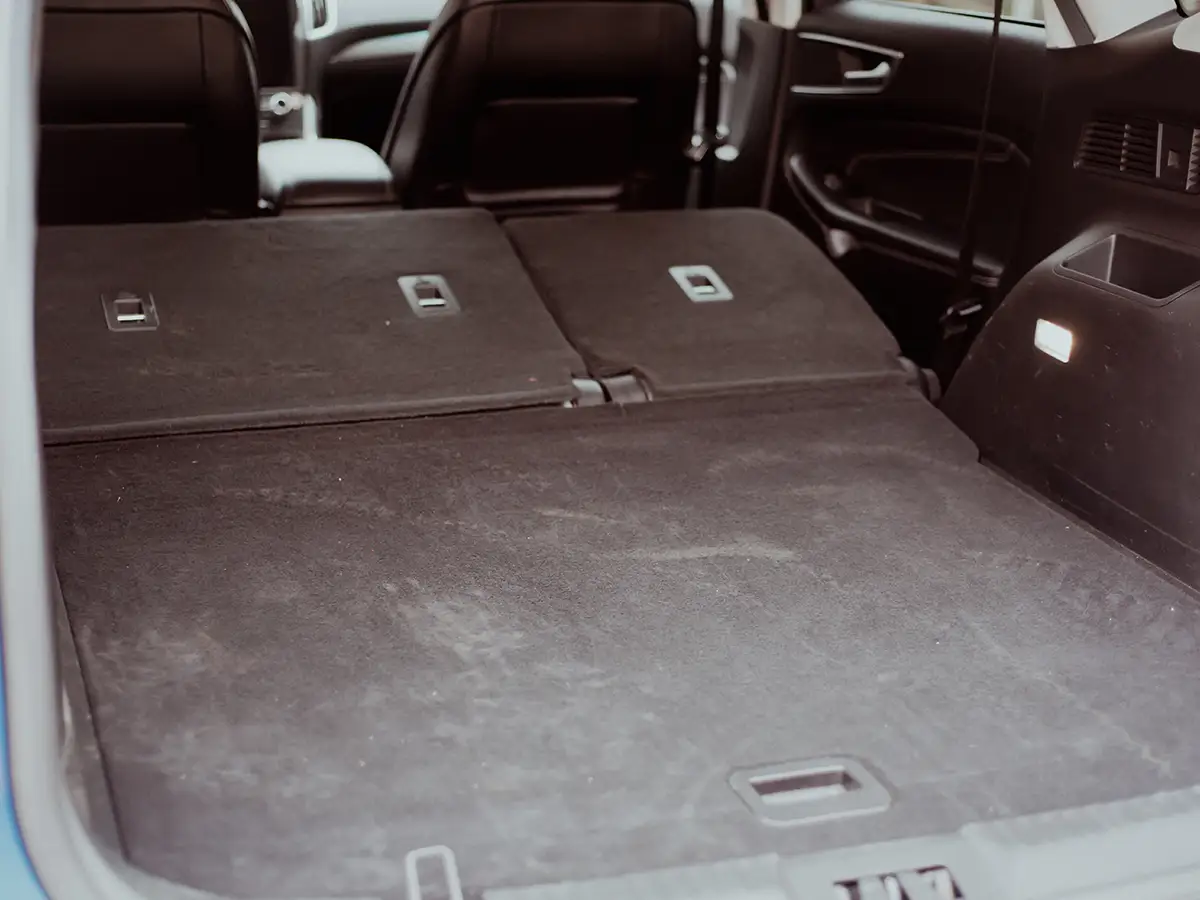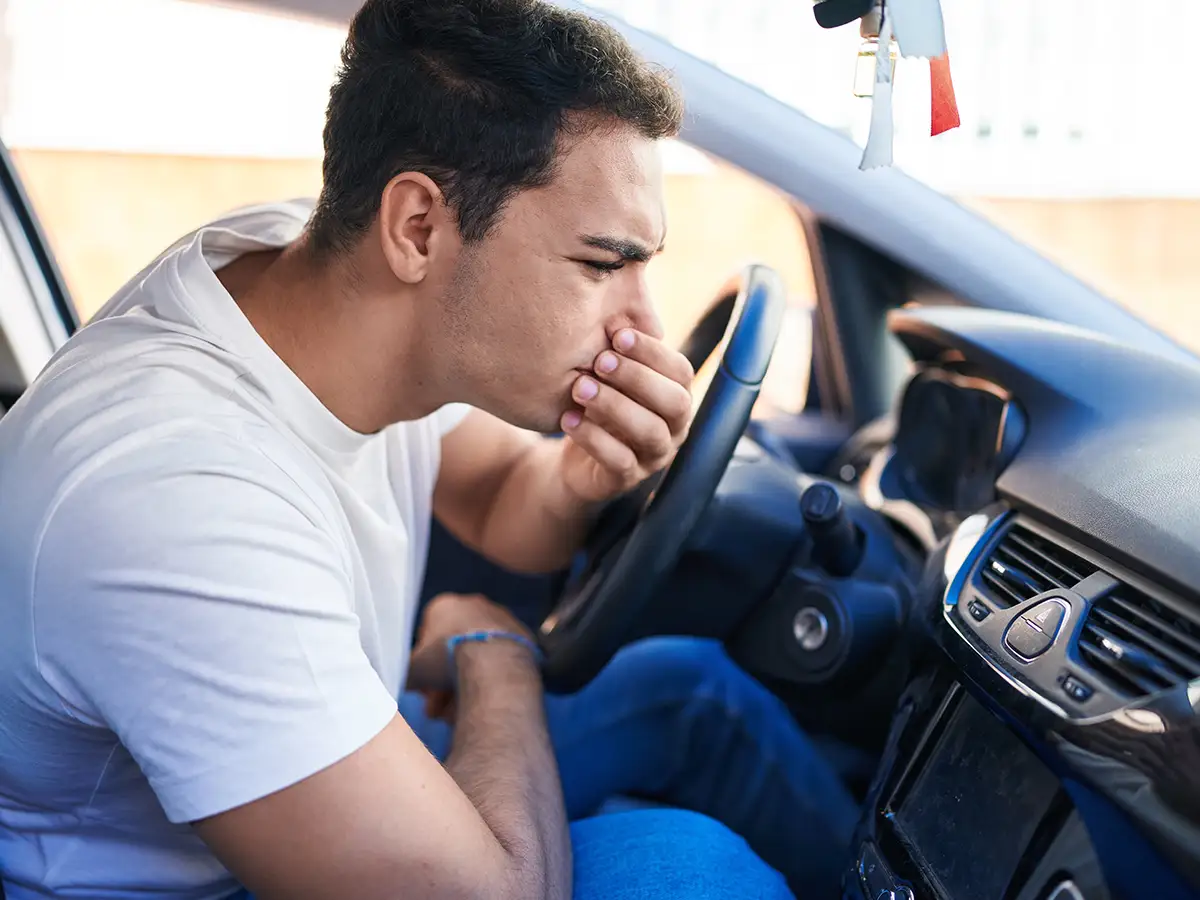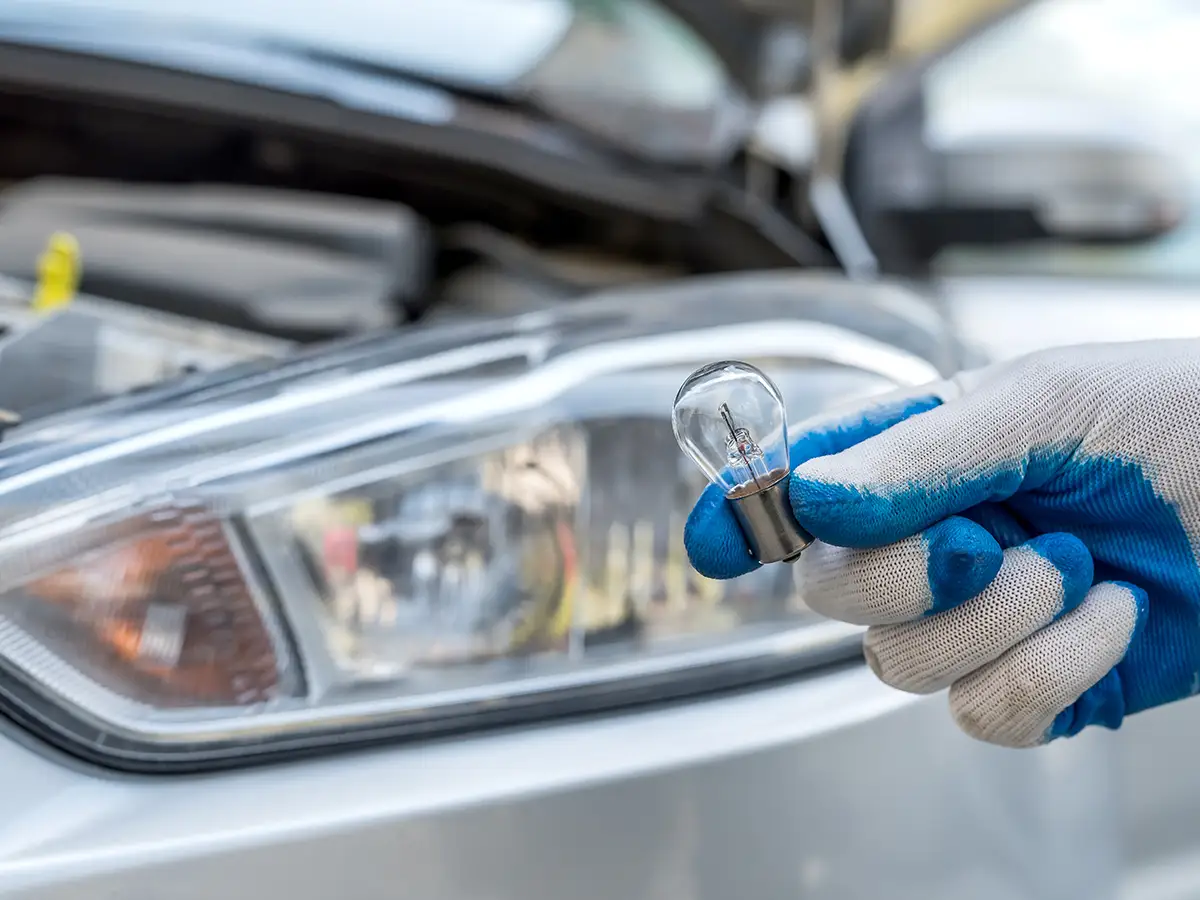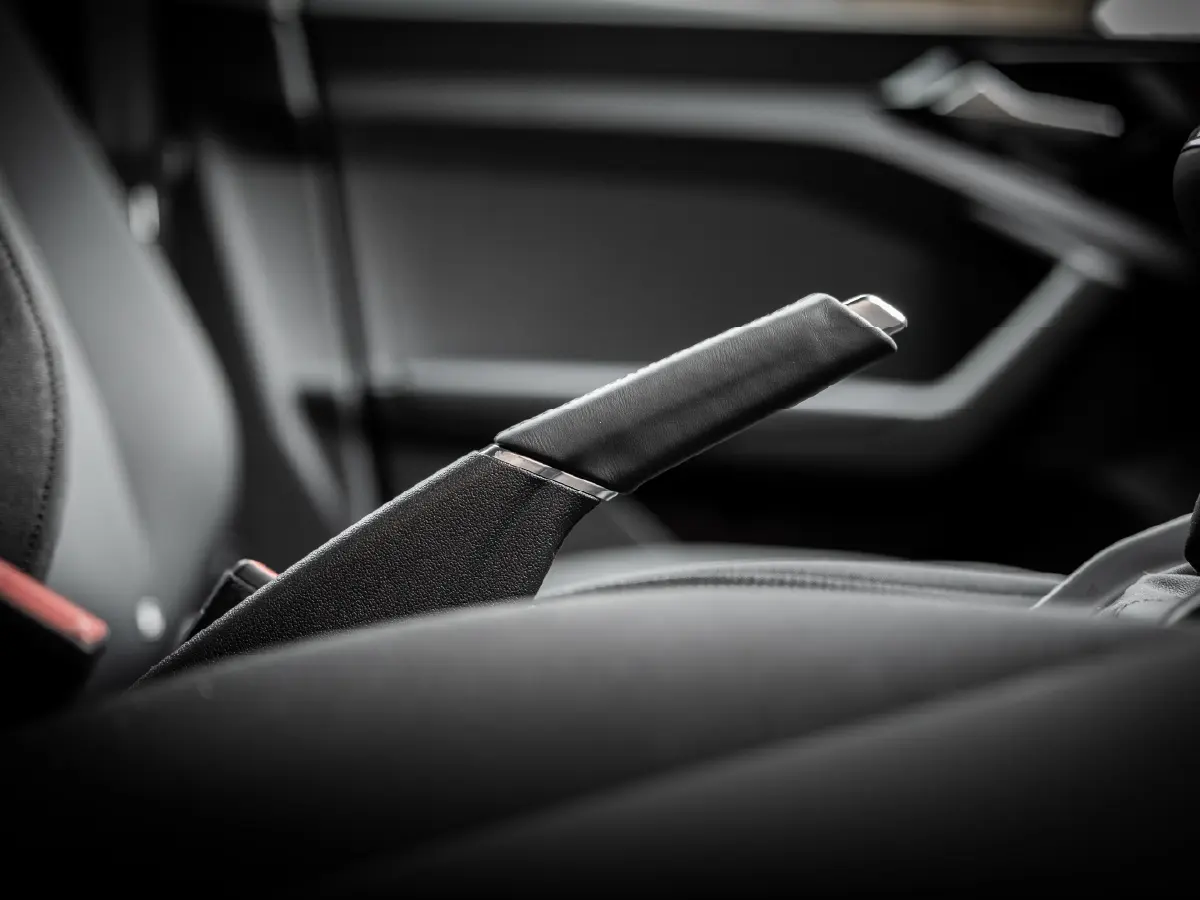

How to Use The Hand Brake in Cars?
- 1Always use hand brake when parked to prevent rolling and reduce transmission strain.
- 2Engage hand brake fully, never drive with it on to prevent damage.
- 3In emergencies, pull hand brake slowly to safely slow down.
If you’re new to driving, understanding how to properly use the hand brake is essential. Also known as the parking brake or emergency brake, it’s a crucial safety feature that every driver needs to master. This stands true whether you’re driving a manual car or an automatic car.
Even more experienced drivers sometimes overlook the importance of the hand brake in everyday driving. This article will dive in the basics of using the hand brake and the situations where it can really make a difference.
What Exactly Is a Hand Brake?
The hand brake is a secondary braking system that operates independently from the main braking system of your car, the foot brake. Unlike your regular brakes that use hydraulic pressure to operate, the hand brake is a cable system that engages the rear brakes only.
The hand brake is usually operated via a lever between the front seats, hence the name. Some modern cars, and usually all luxury cars, feature electronic parking brakes operated via a button or toggle switch. The functionality of electronic parking brakes is the same as hand brakes.
Why Is the Hand Brake Important?
The hand brake’s purpose is to keep your car stationary when parked and to provide backup braking power when required. The hand brake is essential even on automatic cars that have a separate park mode in the gearbox.
- Prevents Rolling: Keeps your car from rolling away on slopes, even if the transmission is in park (for automatics) or in gear (for manuals)
- Emergency Use: Can help you slow down or stop your car if your main brakes fail
- Reduces Strain: Takes pressure off your transmission and parking pawl, which helps extend their life
Different Types of Parking Brake Systems

Regardless of which car you drive, understanding the various types of parking brakes will help you feel more confident if you were to come across a car with a system different to yours.
- Lever Style Hand Brake: The most common type of parking brake features a lever between the driver and passenger seats. You simply pull the lever upward until you hear clicking sounds to engage and press the button and lower the lever to disengage.
- Foot Operated Parking Brake: Located to the side of your regular pedals in some cars, you press down firmly to engage it. To disengage, either press down again or look for the release handle, usually near your knee under the steering wheel.
- Electronic Parking Brake: Featured on most luxury cars, these systems use a button or switch that you press to engage or release the parking brake. Electronic parking brakes use an electric motor to engage or disengage. As such, these systems can automatically engage when you turn off the engine and disengage when you start driving.
How to Use Your Parking Brake
The two procedures you need to know about when it comes to how to use your parking brake are detailed below:
- Engaging the Parking Brake: Ensure your car is completely stationary. Pull the hand brake lever firmly upward till you hear clicking and feel resistance, or press the electronic parking button. Never attempt to engage the parking brake when the car is moving as it can cause a skid or damage the braking system.
- Releasing the Parking Brake: Before you release the hand brake, make sure the engine is running and you’re ready to drive away. On lever type systems, press the button at the end of the lever and lower the lever to its resting position. Remember, most electronic parking brakes disengage automatically when you shift to drive, in case of automatic-equipped cars.
When Should You Use Your Hand Brake?

Every time you park your car and intend to leave the driver’s seat, you should be using your hand brake. Making this a habit will help you avoid mishaps, such as your car rolling away after parking it. But that’s not the only situation where a hand brake comes in handy.
- Parking on inclines: The most critical time to use your hand brake is when parking on any slope. Even a seemingly flat road can have subtle gradients that can cause your car to roll. This is applicable to both automatic and manual transmissions, though it’s especially important when driving a manual car.
- Emergency situations: If your main brakes fail, the hand brake can be applied slowly and with gradual pressure to help slow down or stop the car. Be careful to not yank the hand brake too fast to avoid locking the rear brakes, which could cause a spin.
- In traffic: Using the hand brake when stuck in traffic for extended periods of time can help ease pressure off your foot.
- When stopped on a slope: If you come to a stop momentarily on an incline, use the hand brake to help you get moving again. In a manual car, it can help free up a foot to use for clutch modulation and reduces the risk of rolling backward.
- Advanced driving techniques: Useful when attempting to slide a car or perform a J-turn but attempting to use these techniques without proper guidance can lead to disastrous results.
Common Hand Brake Mistakes to Avoid
Many drivers, including experienced ones, either don’t know correct parking brake usage or fail to practice it consistently. Here a few common parking brake mistakes to avoid:
- Forgetting to release the hand brake: Not disengaging the hand brake before driving away can cause unnecessary wear
- Not engaging the hand brake fully: Always make sure you pull the lever firmly until you hear the clicking mechanism engage, usually around 5-6 clicks. A partially engaged hand brake might not hold your vehicle securely, especially on inclines
- Aggressively using the hand brake in emergency stops: Jerking the parking brake suddenly in emergency situations can cause your rear wheels to lock up, potentially leading to loss of control
Parking Brake Maintenance and Troubleshooting
A fact that’s often overlooked is that your hand brake system also requires timely maintenance as its a mechanical system. Here are a few troubleshooting tips:
- Lever pulls up too easily: If the lever pulls up without resistance, the cable system likely needs adjustment
- Unusual sounds: Grinding noises when operating the hand brake might indicate worn brake pads or components
- Spongy feel: A spongy feel from the parking brake could suggest cable stretching or other mechanical issues
- Stuck parking brake: In extreme cold conditions or if a car’s parked stationary for a long time, the parking brake can get stuck. Gently rock the car back and forth to free it
Electronic Parking Brake Systems
Modern cars with electronic parking brakes offer convenience and additional safety, such as automatic engagement and disengagement. They also integrate with other electronic systems such as hill start assist on automatic cars. This can greatly simplify your driving procedures and eliminate many of the common hand brake mistakes. However, electronic parking brakes cannot be engaged when the vehicle is in motion, which means they cannot be used as a backup in case the hydraulic brakes fail.
Conclusion
It’s essential that you learn the proper use of your hand brake to master your car fully, whether you’ve just bought a new car or you’ve taken possession of a used car. Whether you’re dealing with a lever type hand brake or a foot operated parking brake, knowing when and where to use it can make life significantly easier. Proper hand brake usage can also make you a safer and more confident driver.
Hand brakes, or parking brakes, despite the name, aren’t just for parking safety. These brakes can also help you on hill starts or in emergency situations. Just remember, like any other skill, correct hand brake usage takes practice to get right. Practice using your hand brake in various situations, from flat roads to steep hills, until the process becomes second nature.
Frequently Asked Questions
Expand all